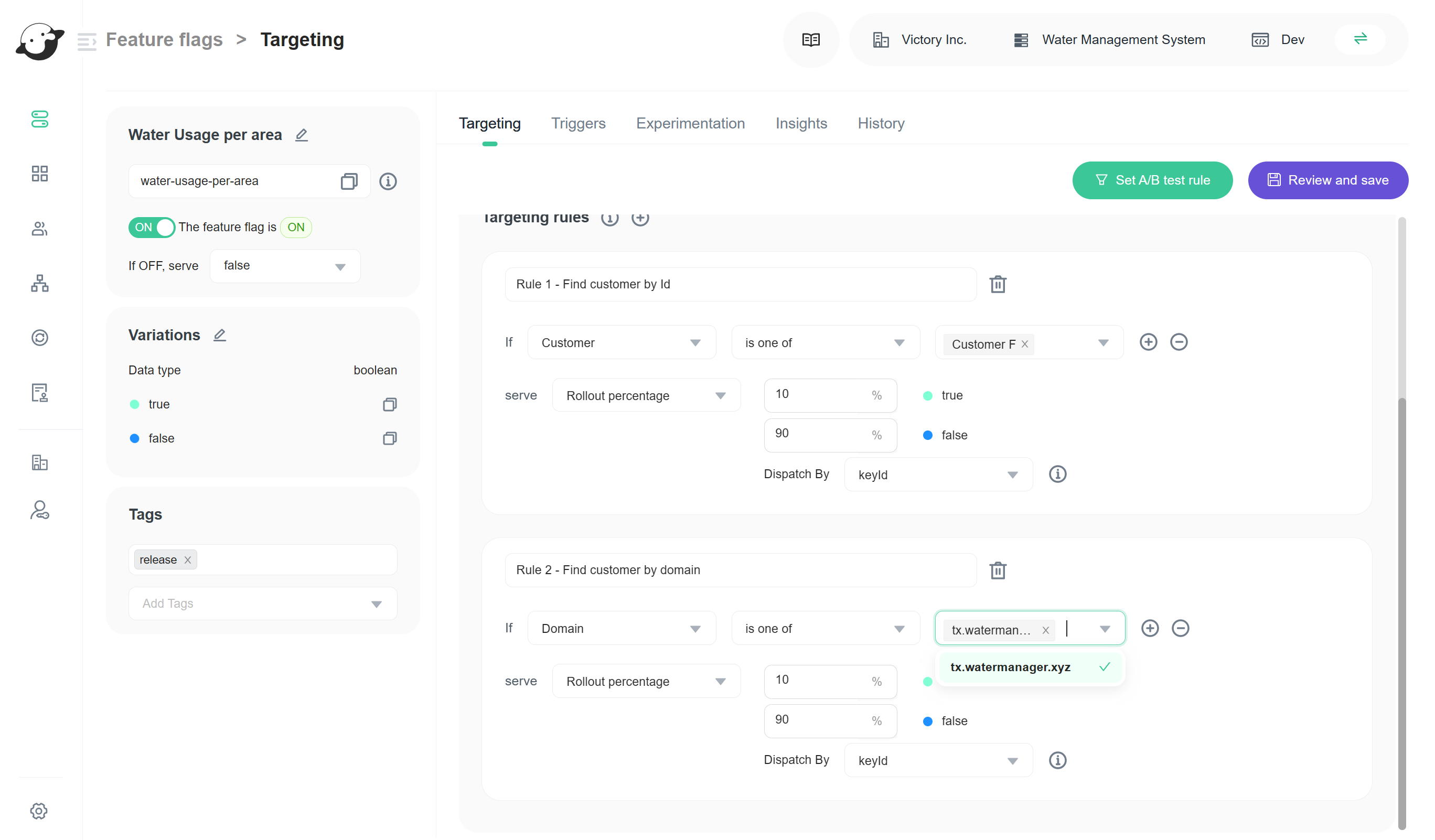Innovate
Your Software
Faster without Risk
Innovate Your Software Faster without Risk
Dev Tools - Enhance Software Development Using Feature Flags

Introduction
In the fast-paced world of software development, it is crucial to have the right tools and methodologies in place to ensure smooth and efficient delivery of high-quality products. One such powerful tool that has gained momentum in recent years is the use of feature flags. Feature flags are a simple but powerful technique that can help elevate your software development and deployment game. In this blog post, we will delve into the concept of feature flags, explore their benefits, and discuss how they can be implemented in your development process to make it more streamlined and effective.
What are feature flags?
Feature flags, also known as feature toggles or feature switches, are a software development technique that allows developers to selectively enable or disable features in a software application. They are essentially conditional statements in your code that control the visibility and availability of certain functionalities based on the flag's status (on or off). This approach allows developers to roll out new features or updates to a subset of users, perform A/B testing, and control the release process with greater precision.
Benefits of Using Feature Flags
1. Improved Release Management
Feature flag enable developers to decouple feature deployment from code deployment. This means that features can be released independently of the software's overall development cycle. As a result, teams can release new functionalities to users in a more controlled and incremental manner, reducing the risk of introducing bugs or breaking changes.
2. Enhanced Testing and Quality Assurance
By using feature flags, developers can test new features and functionalities in a production-like environment with a limited audience. This allows for better identification of issues and bugs before rolling out the feature to the entire user base. It also enables teams to gather user feedback and make necessary adjustments before a full release, ensuring higher-quality software.
3. Easier Rollback and Recovery
In case of unforeseen issues or performance degradation after a feature release, feature flags make it simple to rollback the affected functionality without having to redeploy the entire application. This minimizes downtime and disruption for end-users and reduces the pressure on development teams.

4. Simplified A/B Testing and Experimentation
Feature flags allow for easy implementation of A/B testing, enabling developers to experiment with different variations of a feature to determine the best user experience. This data-driven approach helps teams make more informed decisions when refining and optimizing features, ultimately leading to a better product.
Implementing Feature Flags in Your Development Process
Choose a Feature Flagging System
There are various feature flagging systems available, both open-source and commercial. Some popular options include LaunchDarkly and FeatBit. Evaluate your needs and choose a solution that best fits your requirements and budget.
Integrate Feature Flags into Your Codebase
Once you have chosen a feature flagging system, the next step is to integrate it into your codebase. This will typically involve adding conditional statements to control the execution of specific features based on the status of the corresponding flags.
Manage Feature Flag Lifecycles
It is essential to establish a clear process for managing the lifecycle of feature flags. This includes creating, updating, and eventually retiring flags as they become obsolete. Having a well-defined process helps ensure that your code remains clean and maintainable.

Monitor and Measure Feature Performance
With feature flags in place, it's important to monitor and measure the performance of new features. Analyze user engagement, error rates, and other relevant metrics to determine the impact of each feature and make data-driven decisions to optimize and improve them.
Conclusion
Feature flags offer a powerful and flexible way to improve software development and deployment processes. By integrating feature flags into your development workflow, you can benefit from improved release management, enhanced testing and quality assurance, easier rollback and recovery, and simplified.